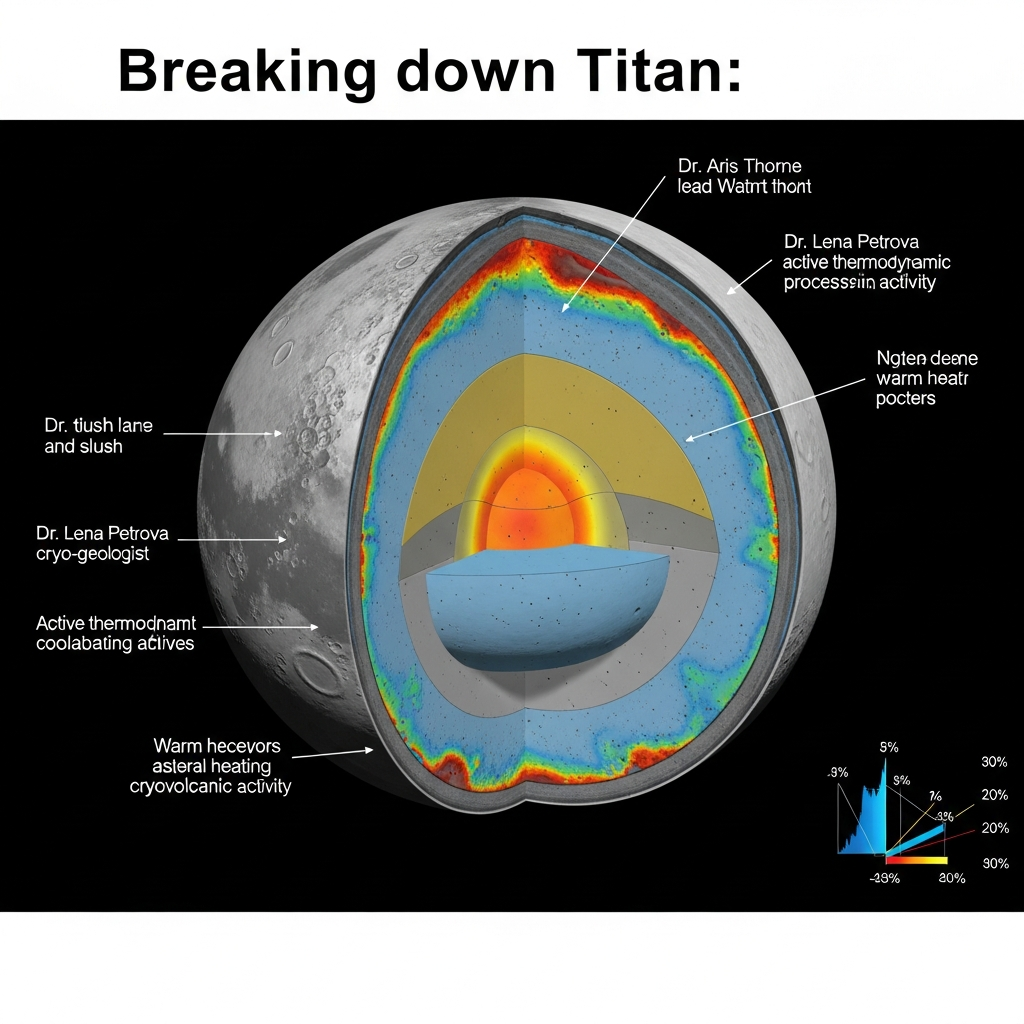Proposed NASA Budget Faces Harsh Criticism from House Science Committee Member
Washington D.C. — A senior Democratic voice on the House Science Committee has sharply criticized the proposed fiscal year 2026 budget for NASA, warning that steep cuts signal a fundamental lack of appreciation for the value of scientific research, not only within the space agency but for the nation’s future.
Speaking recently at a SpaceNews webinar, Rep. George Whitesides (D-Calif.), serving as vice ranking member of the House Science Committee, lambasted the budget proposal, the detailed specifics of which were released in late May. The plan calls for a nearly 25% reduction in NASA’s overall funding, which would mark the largest single-year cut in the agency’s history.
Science Programs Targeted for ‘Catastrophic’ Cuts
The proposed cuts are particularly severe for NASA’s vital science programs, facing a potential reduction of nearly 50%. Such a drastic cut could lead to the termination of dozens of ongoing missions spanning astrophysics, planetary science, Earth science, and heliophysics. Leaked draft budget documents indicated specific, deep cuts across these areas, including two-thirds reductions for Astrophysics and Heliophysics, over 50% for Earth science, and 30% for Planetary science.
Whitesides described these proposed cuts as “catastrophic,” linking them to broader proposed reductions targeting science programs at other key federal agencies, such as the National Institutes of Health (NIH), the National Science Foundation (NSF), and the Department of Energy’s Office of Science. He characterized the administration’s approach as a “full-scale assault on the scientific establishment,” suggesting a profound misunderstanding of how crucial science and technology are to the U.S. economy and global standing.
“What underpins what we’re seeing is, I think, a full-scale assault on the scientific establishment,” Whitesides stated. “It seems like there is not an understanding on the part of the administration of the importance of science and technology in our economy and our leadership in the world.”
He argued that the proposed cuts fail to recognize the fundamental link between federal investment in research and America’s economic competitiveness. As an example, Whitesides cited the use of multispectral imagery in Earth science – critical for everything from climate research to identifying vital mineral deposits. He contrasted the proposed U.S. cuts with competitors like China, which is rapidly launching dozens of similar instruments into space. Reducing U.S. leadership in this area, he warned, wouldn’t just impact atmospheric science but would significantly hinder the nation’s ability to secure resources crucial for future economic competition.
While the final budget proposal eased some fears compared to earlier leaks – notably by not completely canceling the Nancy Grace Roman Space Telescope but instead reducing its 2026 funding – Whitesides maintained that the overall proposed science cuts remain far too damaging. These reductions also threaten significant sunk costs in missions like the Roman telescope ($4 billion invested), the Mars Sample Return program (billions invested), and the proposed Gateway lunar outpost, potentially rendering years of investment and progress moot. The scale and focus of the cuts have even raised concerns about the future of major NASA facilities like the Goddard Space Flight Center.
Impacts on Artemis, Workforce, and Leadership
Beyond science, the budget proposal targets key elements of NASA’s human space exploration efforts under the Artemis program. The plan calls for ending the Space Launch System (SLS) rocket and Orion spacecraft after the Artemis 3 mission, aiming to transition to commercial capabilities. This has drawn criticism from industry and lawmakers alike, including Whitesides, who sees this move as premature. He noted that contractors are already working on hardware for missions well beyond Artemis 3 and stressed the importance of protecting the skilled workforce involved. Whitesides also seeks greater clarity from the administration regarding the proposed commercial architectures for lunar and Martian exploration needed for a truly sustainable long-term human space program.
Compounding the uncertainty is the lack of permanent leadership at NASA following the withdrawal of Jared Isaacman’s nomination for administrator. Whitesides called this development detrimental to the agency, arguing it leaves decision-making power concentrated in the Office of Management and Budget (OMB) and the White House, which he blames for the deep budget cuts. He emphasized the critical need for a new, confirmed administrator promptly – someone who understands and values the full scope of NASA’s mission and possesses the experience to manage a large, complex organization.
The proposed budget would also necessitate a significant reduction in NASA’s civil servant workforce, potentially by about a third. In response, NASA has already begun offering voluntary early retirement and separation programs. Whitesides expressed concern that these programs often lead to the departure of some of the agency’s most talented and experienced employees, who can easily find opportunities elsewhere.
Congress Poised to Push Back
Whitesides indicated that discussions are underway with colleagues on the House Science Committee and with appropriators regarding their response to the budget proposal. There is a general consensus that the proposed cuts would be devastating to NASA. Members are exploring options to counteract the administration’s plan.
Indeed, legislative actions are already emerging that directly challenge the proposed budget. Republicans on the Senate Commerce Committee, for instance, have reportedly drafted legislation that would add nearly $10 billion to NASA’s funding, specifically supporting programs the administration proposed terminating, such as SLS, Orion (potentially through Artemis 5), and the Gateway lunar station, while also boosting International Space Station operations. Support for vital science areas, including planetary defense missions like NEO Surveyor which are crucial for identifying asteroid threats, also remains a point of focus and advocacy in Congress, underlined by recent real-world test cases like the 2024 YR4 asteroid scare.
Whitesides views Congress as the essential “backstop” for NASA during this challenging period. With significant turnover among members of the House Science Committee, he is actively working to educate newcomers on how NASA’s diverse programs contribute to economic prosperity, national security, and global leadership. He stressed the importance of members of Congress consistently expressing support for a robust future for the agency through both authorization and appropriations bills, arguing that this is crucial when the administration’s budget proposal suggests otherwise.
The proposed FY2026 NASA budget represents a significant challenge to the agency’s future direction and capacity, particularly impacting its foundational science mission and workforce. The coming months will reveal the extent to which Congress is able to counter these proposed cuts and champion a different vision for America’s space program.




